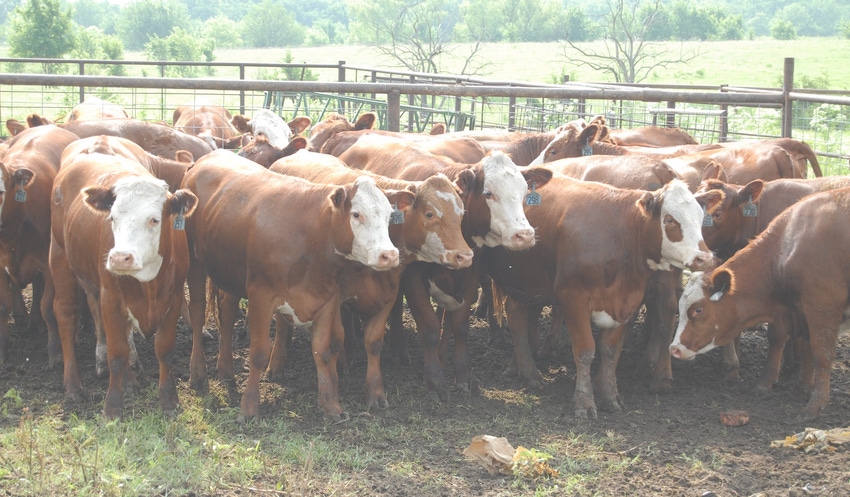July 14, 2020

If you are an avid reader of ag magazines, by now you’ve surely come across multiple articles that show preconditioning your calves leads to a price premium, but it can help the cow-calf operation with health, too.
The practice is ubiquitous enough here on the Northern Plains that preconditioning seems like more of a standard, and the lack thereof creates a discount. We know the thought process behind the premium is these calves are less likely to get sick, so the feeder can pay extra for the health. The real question a cow-calf producer should be asking is this: If the feeder will pay more for better health, how can the health boost benefit the rancher as well?
Preconditioning starts in spring
Look at it this way: Good cattle feeders will tell you the calves that receive pneumonia vaccines in the spring will be heathier than those that do not. So why wait until the fall to give calves their first round of vaccines? Spring vaccination means the rancher will see more value for a healthy calf in the way of lower medical costs and better growth, in addition to a premium at the time of sale.
When I say vaccines, keep in mind this means pneumonia vaccines, not just a seven-way clostridial. At a minimum, IBR and BRSV should be included in this spring vaccine program. A full program would include BVD and Mannheimia as well.
For producers who background their calves after weaning, this spring vaccination is even more critical. Since vaccines take two to three weeks to become effective, waiting until weaning to give the calves their vaccines is too late to be beneficial. The calves will become sick before the vaccine has a chance to take effect. Spring vaccination, followed by vaccination on grass three weeks prior to weaning, primes the calves’ immune systems the best to withstand the pressures that come with the transition of weaning. Let’s face it—the vaccine will cost the same amount of money whenever you give it. You might as well give it when it does you the most good.
Vaccines alone not preconditioning
Keeping calves after weaning also necessitates some other management techniques that can benefit the feeder and the cow-calf producer. Starting the calves on feed appropriately is one. Nutrition and immune function are intrinsically linked. When a calf doesn’t eat well, it doesn’t have the energy to feed the immune system.
Accomplishing this means we need to deliver an appropriately balanced diet. It doesn’t matter if that diet is coming primarily through a pasture with some supplement or if it is fed in the bunk. Find a good nutritionist to put together a ration gives the calves the best opportunity for success. The feeder who buys these backgrounded calves then benefits from the quality start these calves received, while the cow-calf producer benefits not only from the health but the improved weight gain on the calves started in an appropriate manner.
Watch internal parasites
Of course, this nutrition doesn’t do as much good if the calf has internal parasites siphoning off of it. This, coupled with the fact that internal parasites lead to decreased efficiency of the immune response, means that parasite control needs to be a part of your preconditioning program.
For parasite control to be effective, it must be administered in such a way that the calves are cleared of worms after they are separated from the cow. If we are deworming once the calves are already weaned, most any injectable dewormer or oral dewormer is a good choice. However, if we are deworming prior to weaning on grass, we must be more discerning about our deworming product selection. Pick a product that has a residual effect, which will be some of the injectable dewormers, and administer within the label-recommended timeline so that it is still effective through weaning.
Cattle buyers place the most preference in a preconditioning program for the number of days weaned. They do this because they know it means the cow-calf producer took on the risk of doing the actual job of weaning and starting the calves. If you’re taking on this risk, you might as well mitigate it the most effectively by preconditioning the calves to stay healthy when you own them. This way, you get a better return on your vaccine and parasite control investment, and the cattle feeder buys a healthier calf.
About the Author(s)
You May Also Like






